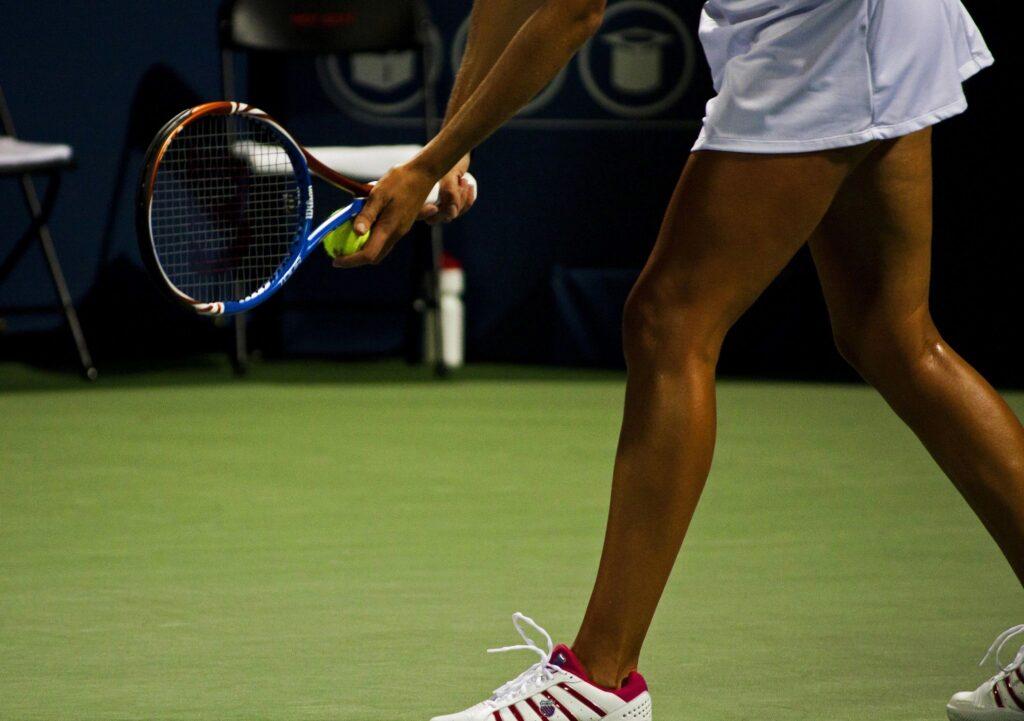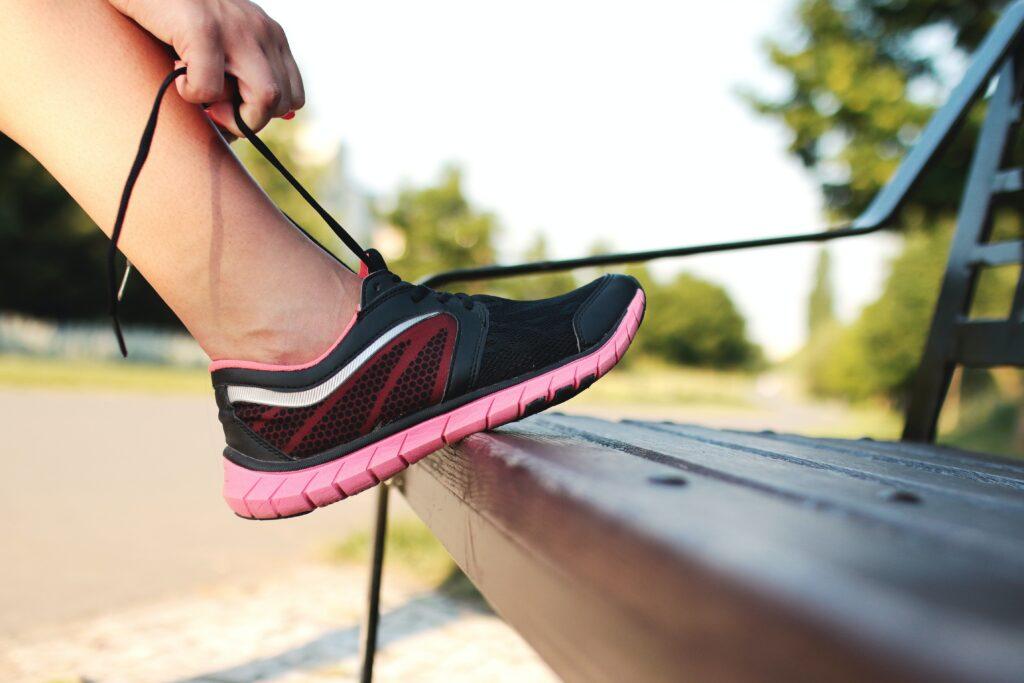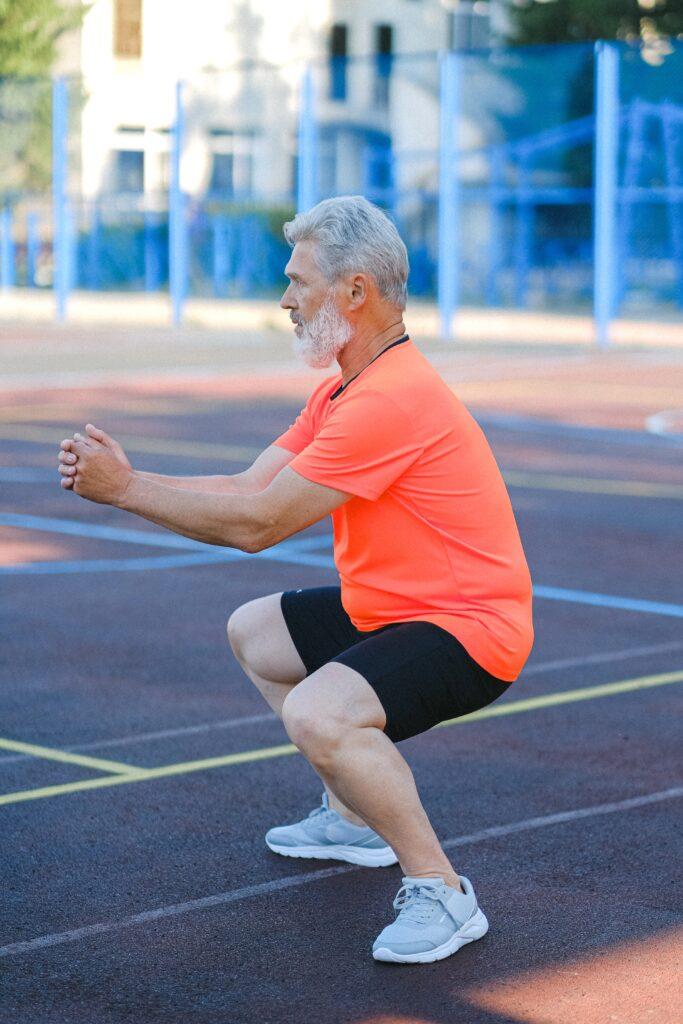
After having some time off sports due to one or more injuries, it can be difficult to get back in the swing of it (pardon the pun), but a solution could be to retrain your joints & strengthen a few key muscle groups (part of rehab).
Phil Wise explains.
Why stop sport in the first place?
There are many reasons why we take a break from sport, it could be injury such as broken bones, sprained ligaments, ill health or family commitments. Sometimes it’s a simple thing such as the weather which puts us off, and sometimes babies come along and change our plans of what we do with our spare time.
Whatever your reason, one thing’s for sure, when it’s time to head back out and get back into your chosen sport again, it can be hard or it can be easy, depending on your desire to get back out there and get back into it again.
What isn’t such a variable, is the effects on our bodies of abstaining from physical movement, that’s similar for everyone. Let’s look at that for a minute.
When we are inactive
Whatever our reasons, when we become inactive, our joints, muscles and nervous system learn a new pattern of joint/muscle coordination due to our relative inactivity, and so the process of cooperative control between our joints, muscles and nervous system is relatively uncoordinated compared to how it was when we were active.
When we injure ligaments/joints/bones, this coordination is disrupted even more and can need extensive rehabilitation. The process of cooperative control is known as ‘Proprioception’.

Proprioception
The ability we have to do something simple, like walk in a straight line without having to focus on every single muscle and joint movement is related to something called joint proprioception. This gives us the ability to perceive joint position and control joint movement, muscle force, and the effort used.
This seemingly magical system is basically a neurological feedback loop between our joints, muscles, skin and the spinal cord / brain (central nervous system) which allows conscious and subconscious control of our bodies.
We develop this muscle, joint and nerve cooperative control when we are children, hence a toddler will be unstable and fall over frequently to start with, but then gradually begin to be more stable and fall less often as their joint proprioception improves, (as they practise their standing and walking more).
Returning to activity / sport

When we try to be active again, we put ourselves in a position where we are demanding that our body goes through a series of movements at a pace that we haven’t done for some time, this then poses a risk to us and our joints of injury (or if you’re recovering from injury, then there’s a risk of re-injuring yourself again too).
Re-training joint proprioception – you need to practise
When you return to activity, it’s important to retrain your joint proprioception as a part of the process of returning to sport. This isn’t as hard as it sounds, just remember that in order for you to re-learn how to use your muscles and joints quickly, then you need to go through the movements whilst paying as close attention as you can to being precise with each movement. This should give your muscles, joints and spinal cord a chance to ‘catch up’ with the things they would have been doing previously, yet have since forgotten how to do (as precisely as before).
In the case of joint/ligament injury you will have broken/overstrained the ligaments which would have been where the mechanoreceptors were. These mechanoreceptors ‘talked’ to your nervous system about what muscle to use, when to contract, and with how much force. The damaged ligaments/joints would then need to re-learn how to coordinate the muscles around them, rather like when you were a child and learning to walk.
Remember that your brain doesn’t necessarily have to ‘forget’ what you do as a part of your sport in order for it to be useful for you to retrain your joint proprioception – it’s the ‘precision’ which is what we’re talking about here. When we are reacting fast in sport, we need a fast reaction and control of our muscles and joints otherwise we can’t coordinate the control of joint movement correctly and this can lead to injuries such as ankle of knee ligament sprains if we end up stumbling and falling.
A process of relearning and re-training after joint injury, misuse, lack of use is known as re-habilitation which involves ‘re-abilitation’ of the basic joint movements, before progressing on to ‘re-habilitation’ of your normal sports activity skill-set.
How do you re-abilitate?
Well it’s complex, but at the same time, not so hard really. I’ll leave the complex explanation aside and just tell you the basic version. You need to use cognitive control (very keen focus) of the activity you’re trying to focus on. By really focussing on the exact movement you are trying to do, and making sure you complete that movement to the very best of your ability, you then start to get neurological feedback occurring which helps strengthen the muscles that you need to act as secondary stabilisers in your joints,(the primary stabilisers, in case you wondered, are the ligaments around the joints).
When you have this neurological feedback loop in action, you then need to repeat it as much as you feel you need to do in order to make the movement perfect (we can help you to achieve this if necessary as a part of your treatment plan). Then, afterwards you end up with a joint/muscle & nervous system complex which will be coordinating its movements as it should.
This whole process will change your movement patterns from a maladapted movement state, into a functionally adapted movement state, capable of transforming your thoughts into the exact action that you need to move and play sports safely and to the best of your ability.

If you want to book in and have a chat with us about your needs, then contact us.

